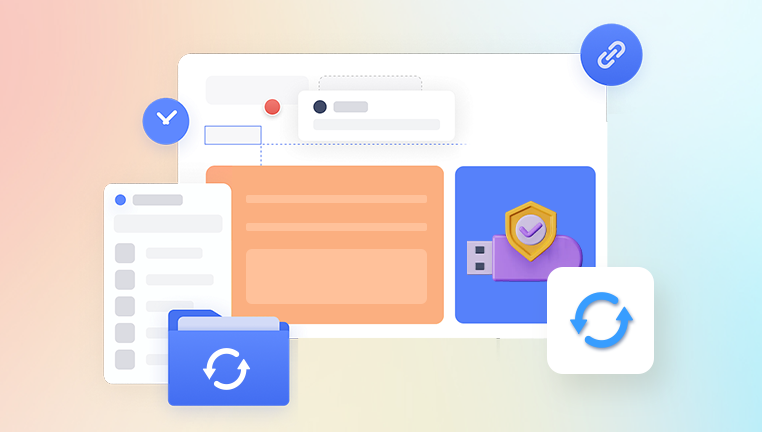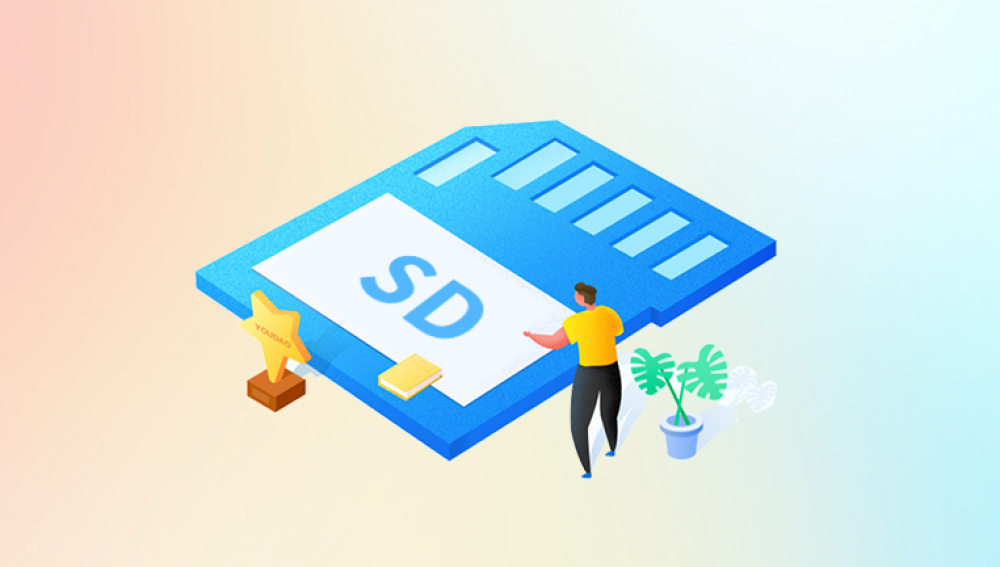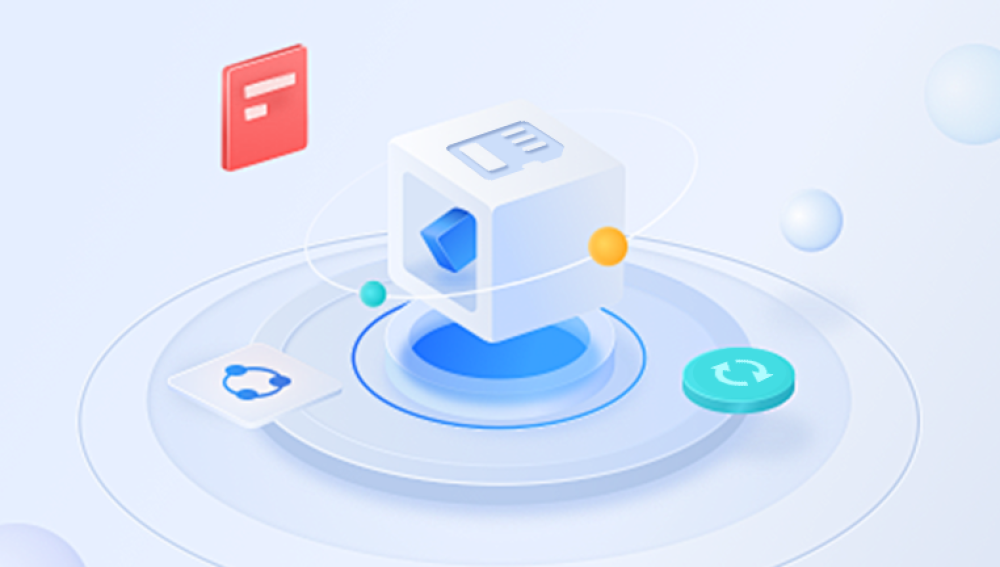SD cards are widely used in smartphones, cameras, tablets, drones, and even gaming consoles. They are reliable, compact, and portable. But even these tiny memory giants are not immune to data loss. A simple formatting error, accidental deletion, or corruption can wipe out everything in an instant.
You may have deleted files by mistake when organizing photos or clearing space.
Formatting
You might have formatted the SD card accidentally or due to prompts like “SD card needs to be formatted.”
Corruption
Files can become inaccessible if the SD card gets corrupted due to improper ejection, virus attacks, or hardware damage.

File System Errors
These occur when the file system becomes unreadable, often appearing as RAW or prompting you to format the card.
Physical Damage
Sometimes, the card is physically damaged. While software can’t fix this, professional recovery may still be possible.
Once you understand the cause, it’s easier to choose the right approach to get your files back.
Can Lost Files Really Be Recovered?
Yes — and here’s why: when you delete a file from an SD card or format it, the file doesn’t disappear immediately. The data still exists on the card until it's overwritten by new data. Recovery tools can scan and restore these remnants. This means the sooner you try to recover, the better the chances of success.
What to Do Immediately After File Loss
Acting quickly is vital. Here’s what to do:
Stop Using the SD Card
Don’t take new photos or add new files. Overwriting old data makes recovery much harder or impossible.
Remove the SD Card Safely
Take it out of the device and insert it into a computer or use a card reader.
Start Recovery as Soon as Possible
Use one of the free tools listed below to begin the scan and recovery process.
Best Free Software to Recover Lost Files from an SD Card
There are many data recovery programs, but only a few offer reliable results for free. Here are the top tools:
1. Drecov Data Recovery (Windows)
Drecov Data Recovery
Drecov Data Recovery offers a free and effective solution to help you restore lost files quickly and easily. Whether the files were deleted accidentally, lost due to formatting, or disappeared after corruption, Panda is designed to dig deep and recover data that other tools might miss.
Using advanced scanning algorithms, Drecov Data Recovery can identify and retrieve a wide range of file types, including photos, videos, documents, and audio. Its intuitive interface makes it simple for beginners and professionals alike. Just insert your SD card, select it from the drive list, and start the scan. Within minutes, the tool will display a list of recoverable files that you can preview and restore—at no cost.
Unlike many other tools that limit recovery without a paid upgrade, Panda offers generous recovery capabilities for free, making it a top choice for users looking for a trustworthy and budget-friendly option.
2. PhotoRec (Windows, Mac, Linux)
Pros:
Powerful open-source tool
Supports many file formats
Works even if the file system is severely damaged
How to Use PhotoRec:
Download PhotoRec (usually bundled with TestDisk).
Launch it (use command-line or the graphical version).
Select your SD card and the partition to scan.
Choose the file formats to recover.
Set a destination folder for recovered files.
Limitations:
Interface isn’t very user-friendly
May recover too many files, requiring manual sorting
3. EaseUS Data Recovery Wizard Free
Pros:
Easy-to-use interface
Good recovery performance
How to Use EaseUS:
Download and install the free version.
Select your SD card and click “Scan.”
Browse recoverable files and preview them.
Choose files to restore.
Limitations:
Free version only recovers up to 2GB
4. Disk Drill (Windows, Mac)
Pros:
Clean and modern interface
Supports quick and deep scan
Offers preview feature
How to Use Disk Drill:
Download Disk Drill and install it.
Select your SD card.
Click “Search for lost data.”
Preview files and choose what to recover.
Limitations:
Free version recovers up to 500MB on Windows (unlimited scan, limited recovery)
5. Windows File Recovery (Windows 10 and above)
Pros:
Developed by Microsoft
Free with Windows
How to Use Windows File Recovery:
Download it from the Microsoft Store.
Use the Command Prompt to run recovery commands. Example:
mathematica
CopyEdit
winfr D: E:\RecoveredFiles /extensive
Here, D: is the SD card and E: is the recovery folder.
Limitations:
Command-line tool; no GUI
Requires familiarity with commands
Step-by-Step Guide to Free SD Card Recovery
Here’s a general walkthrough using Recuva (for example):
Connect the SD Card
Use a card reader and connect it to your PC. Wait for it to appear under "This PC" or "Finder" on Mac.
Install and Open the Software
Choose Recuva, PhotoRec, or another tool mentioned above.
Scan the Card
Select your SD card and begin the scan. For better results, enable deep scan options.
Preview Recovered Files
Once scanning is done, preview files. Check the health/status indicators (green is excellent, red may be corrupted).
Recover to a New Location
Always recover files to a different drive or partition — not the same SD card.
Organize and Verify
After recovery, sort the files and confirm they open properly.
Can I Recover Photos, Videos, or Documents Specifically?
Yes, most tools allow filtering by file type. Recuva and Disk Drill offer preview features for images and documents. PhotoRec, while less visual, supports hundreds of formats, including:
Images: JPG, PNG, RAW, GIF, BMP
Videos: MP4. AVI, MOV
Documents: DOCX, PDF, XLS, TXT
Audio: MP3. WAV, OGG
You can even specify only certain file types to reduce scan time.
Recovery on Mac
If you’re on a Mac, you can use:
PhotoRec (free, works with command-line)
Disk Drill for Mac (free scan, but paid for full recovery)
TestDisk (for partition-level recovery)
Just plug in the SD card using a reader, and follow similar steps to Windows recovery.
Bonus Tip: Recover from Android MicroSD Without PC
You can attempt SD card recovery on Android using apps like DiskDigger Photo Recovery, but with some caveats:
Root access is often required for full functionality.
Non-rooted users may only recover thumbnails or low-res versions.
Recovery success is lower than on a PC.
Still, for quick attempts on the go, it’s a useful option.
Common Questions and Troubleshooting
What if the SD card is not recognized?
Try the following:
Insert into a different reader or device.
Use Disk Management (Windows) or Disk Utility (Mac) to see if it's detected.
Assign a new drive letter (Windows).
Use TestDisk to repair the partition table.
What does it mean if my SD card says RAW?
This means the file system is corrupted. You can still recover files using PhotoRec or TestDisk, which don’t rely on the file system.
Can I recover files after formatting?
Yes. Quick formatting only removes file references, not actual data. Use deep scan options in Recuva or PhotoRec.
Are recovered files always usable?
Not always. Some may be partially overwritten or corrupted. Always preview before saving.
How to Prevent Data Loss in the Future
While free recovery is possible, prevention is the best defense. Here are tips to avoid future issues:
Always Eject Safely
Avoid removing SD cards while files are being transferred.
Regular Backups
Copy important files to cloud storage or a hard drive.
Avoid Low-Quality SD Cards
Stick to reputable brands like SanDisk, Samsung, or Lexar.
Don’t Fill to 100%
Leave some free space to maintain card performance.
Use Antivirus Software
Protect your system from malware that could affect the card.
Replace Old Cards
Flash memory wears out. Replace cards that show signs of failing.
Losing files from your SD card can be distressing, but it doesn’t mean they’re gone forever. With the right tools — many of which are completely free — you have a strong chance of recovering your precious data. Whether it’s cherished photos from a vacation or critical work documents, recovery is often just a few clicks away.
The key is acting quickly, choosing reliable software, and stopping any new data from being written to the card. With patience and the steps above, you can turn a moment of panic into a successful recovery story — all without spending a dime.




